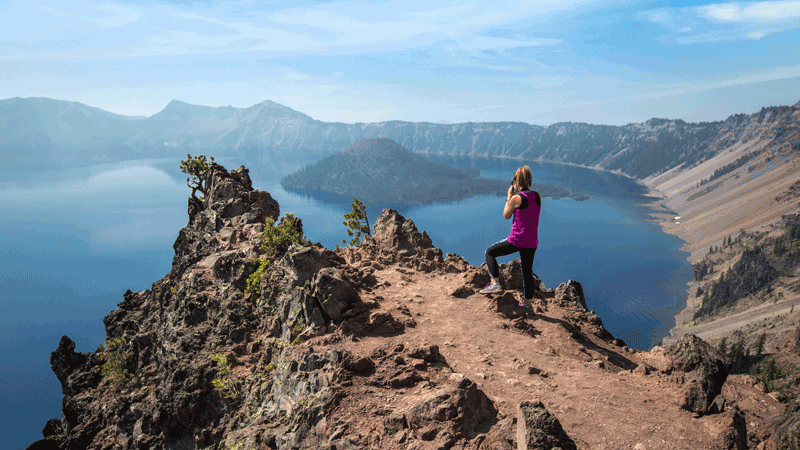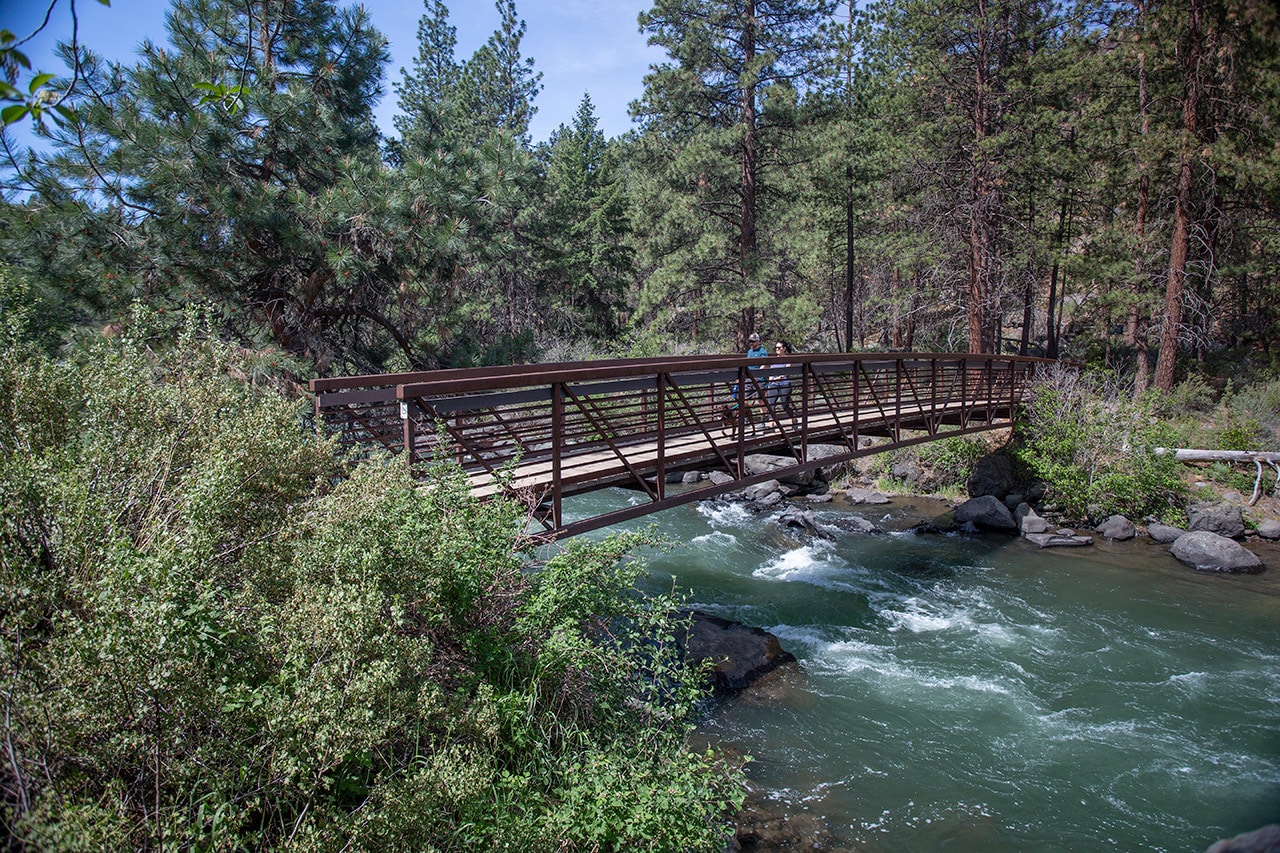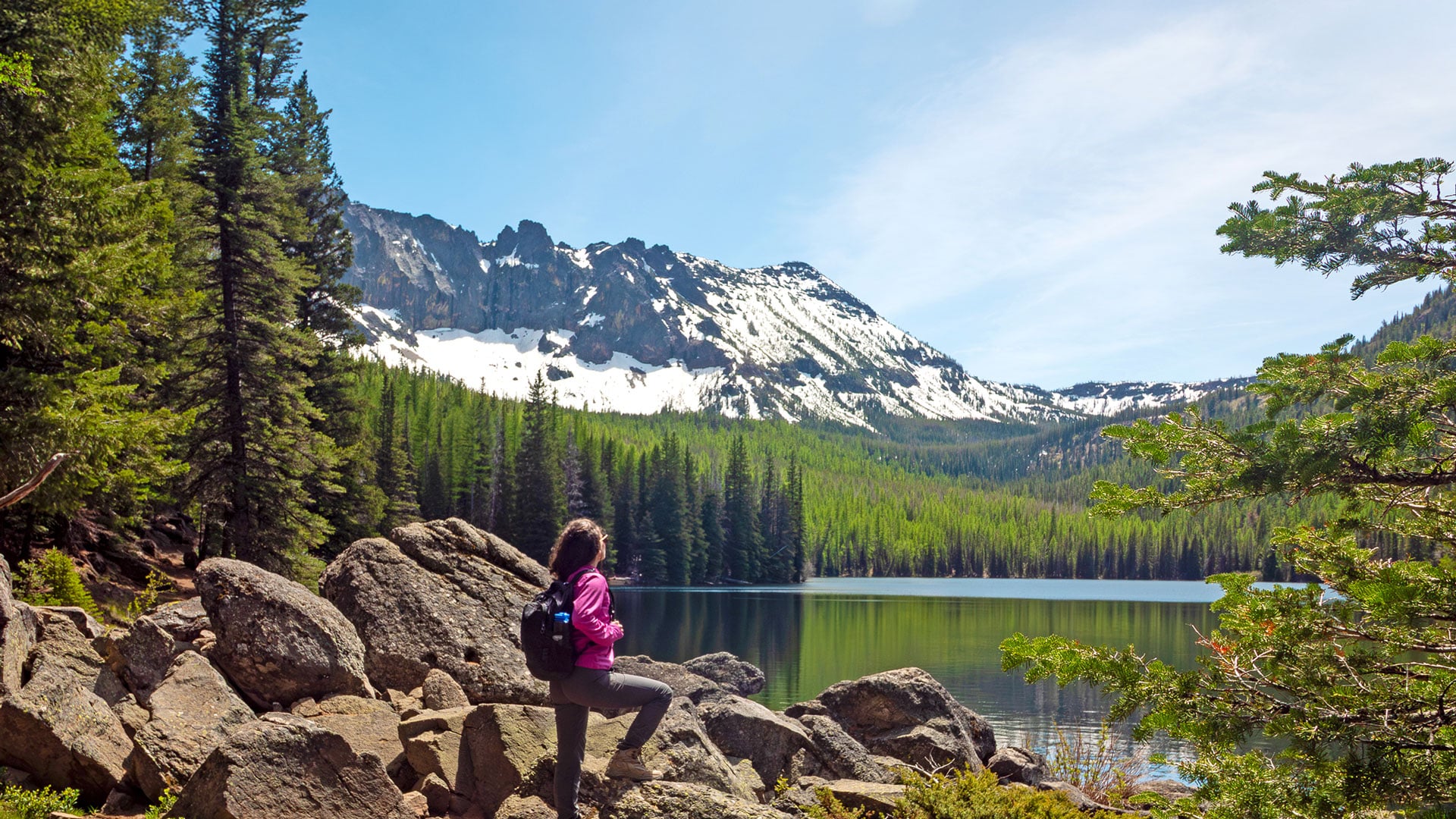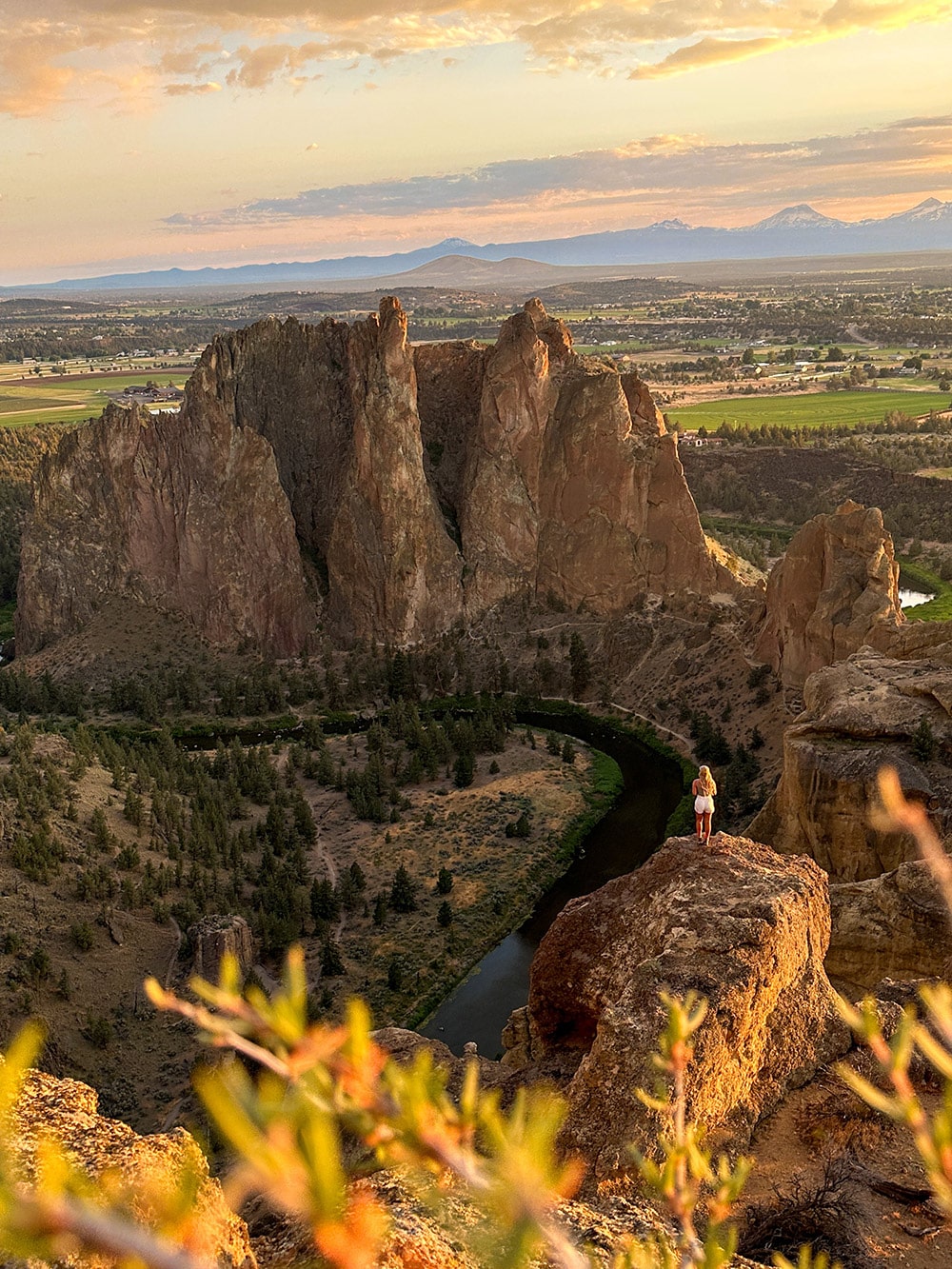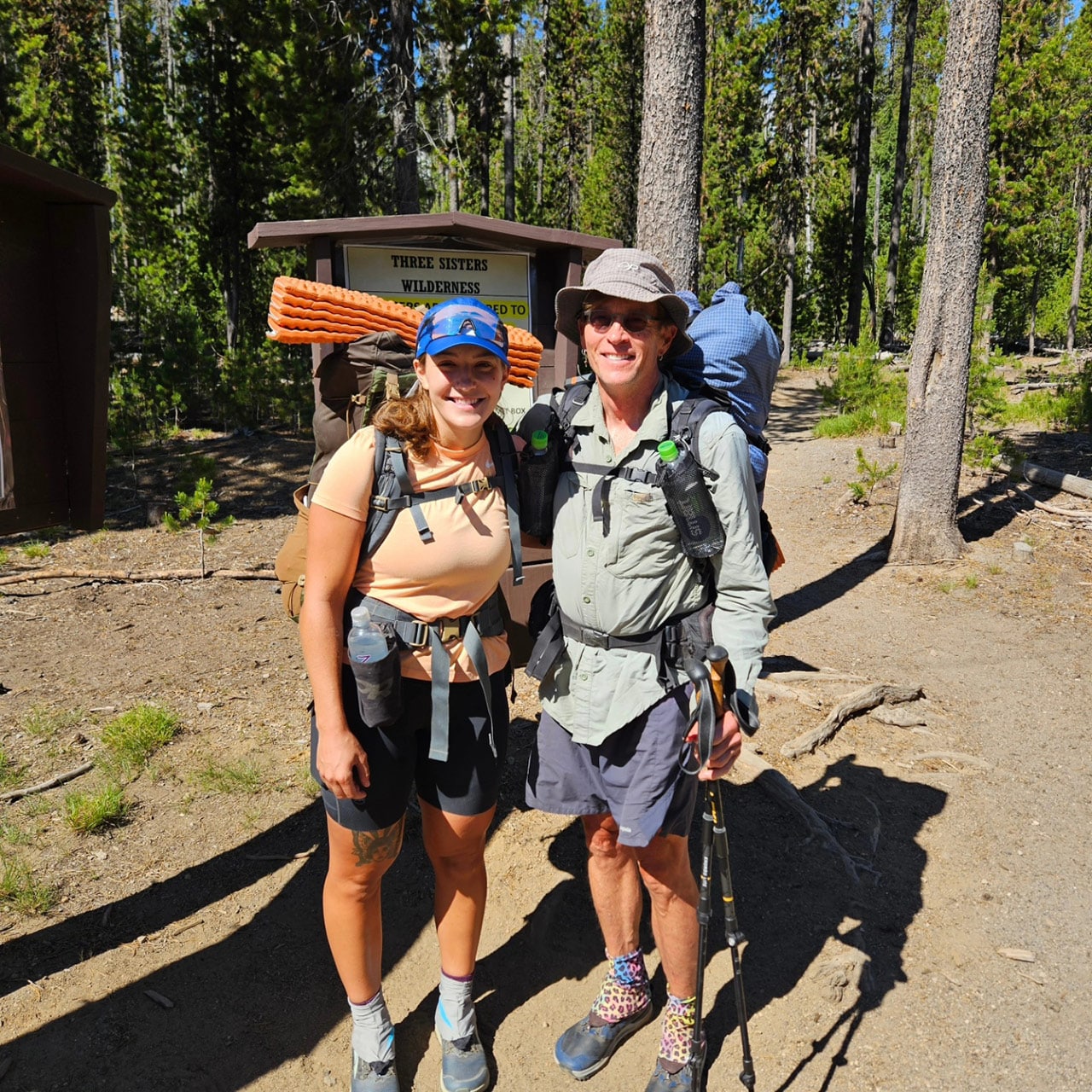The Lightning Springs trail offers a spectacular shoulder season hiking opportunity to explore the western flank of ancient Mount Mazama in Crater Lake National Park. Historically, the trail was once a fire road, built in the 1930s for Park Service fire crews to access the lightning-prone area. Today, Nature has reclaimed portions of this two-track but plant growth is slow at this elevation where winter lingers.
The trailhead, located about 2.5 miles north of Rim Village, has a graveled parking area and sits at 7,175 feet in elevation. From here, the 8.4-mile round trip hike begins its descent snaking past old-growth mountain hemlocks and Shasta red firs interspersed with patches of pumice leftover from the mountain’s eruption some 7,700 years ago.
As hikers follow the trail’s meanders and gentle descent, they may hear the trumpet-like “yank, yank” calls of red-breasted nuthatches or the grating metallic-sounding “kraaks” of Clark’s nutcrackers. Grazing mule deer or elk may be viewed from a safe vantage, and hikers may encounter tracks along the trail such as those of black bear, coyote or mountain lion indicating the passage of these large predators through the area. Overhead, be on the lookout for migrating raptors such as golden eagles, red-tailed hawks or sharp-shinned hawks as they fly south for winter.
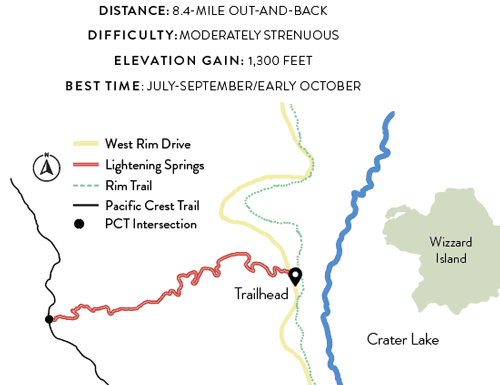
Beyond the refreshing springs, the trail contours beneath the 500-foot-high Watchman Lava Flow before descending to a junction with the Pacific Crest Trail. The intersection, located in a recovering lodgepole pine forest burned over by one of the Bybee Creek wildfires, represents the turnaround point for day hikers. In summer, you might encounter a PCT through-hiker at this junction and hear tales of their trip but this late in the season, you’ll probably have solitude as your trail companion.

